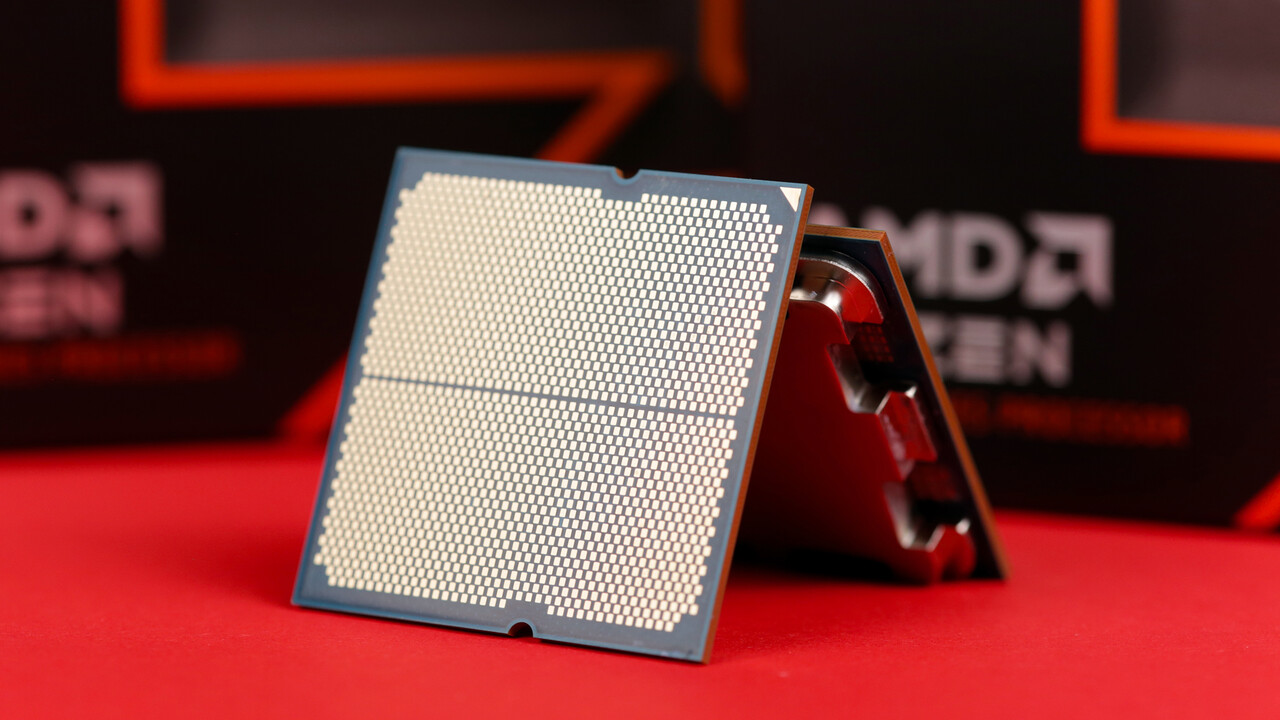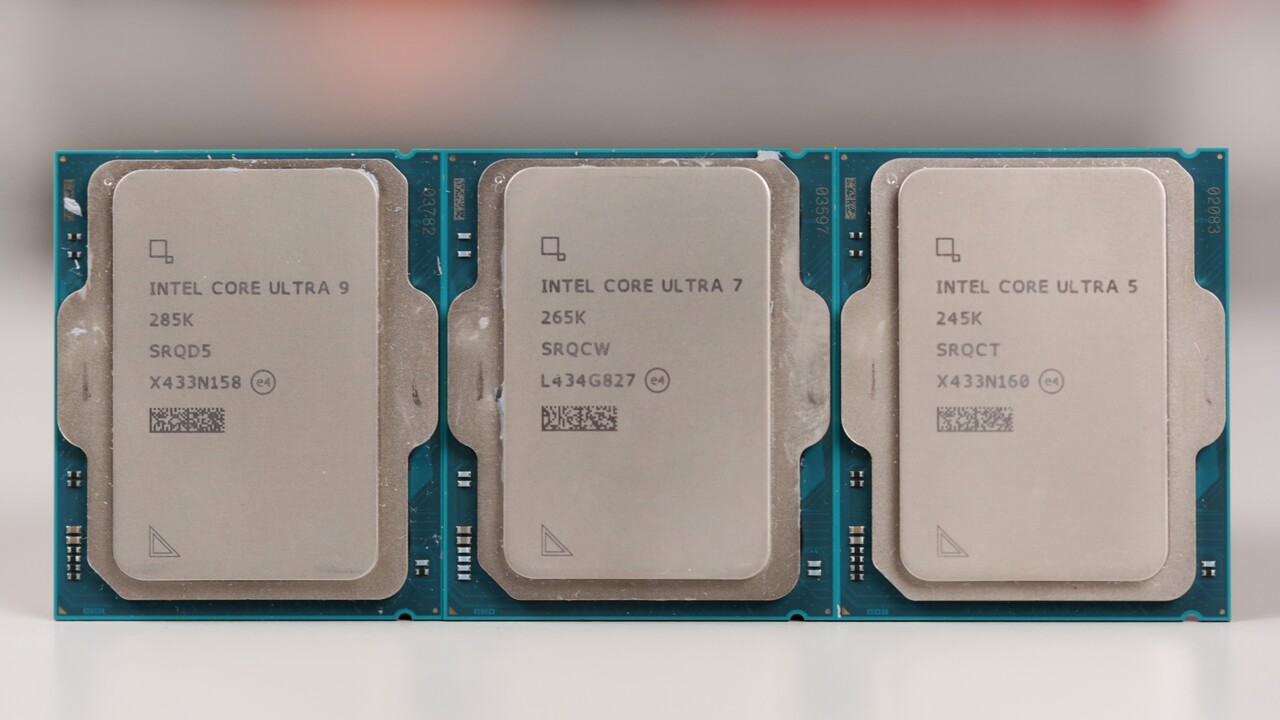Server processors: Intel Xeon with lowest heel in 14 years 0 comments
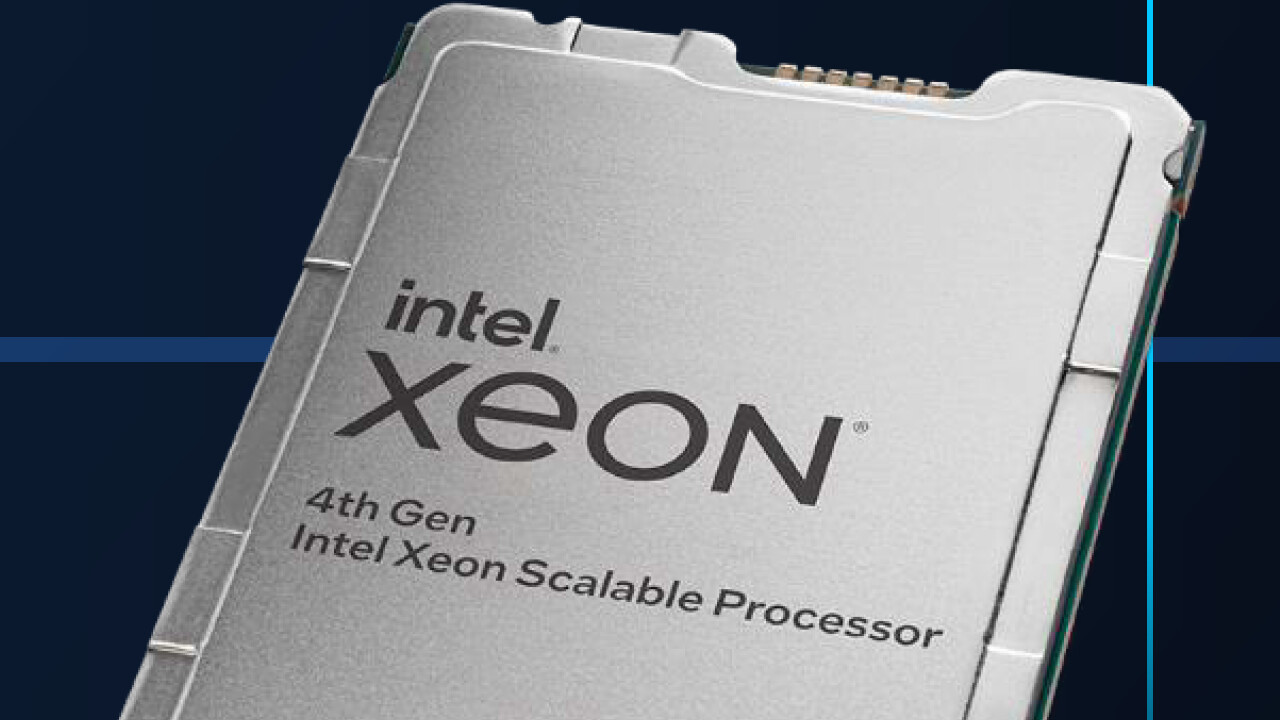
Image: Intel
Intel fell behind on server processors years ago and handed market share to AMD. Now, Intel Xeon sales figures have reached a new low – the deepest in the last 14 years.
This indicates a chart of the semi-analysis based on the company’s reports. The timeline varies from 2011 to 2024, server processor sales are presented as a relative value compared to 2011 (= 1).
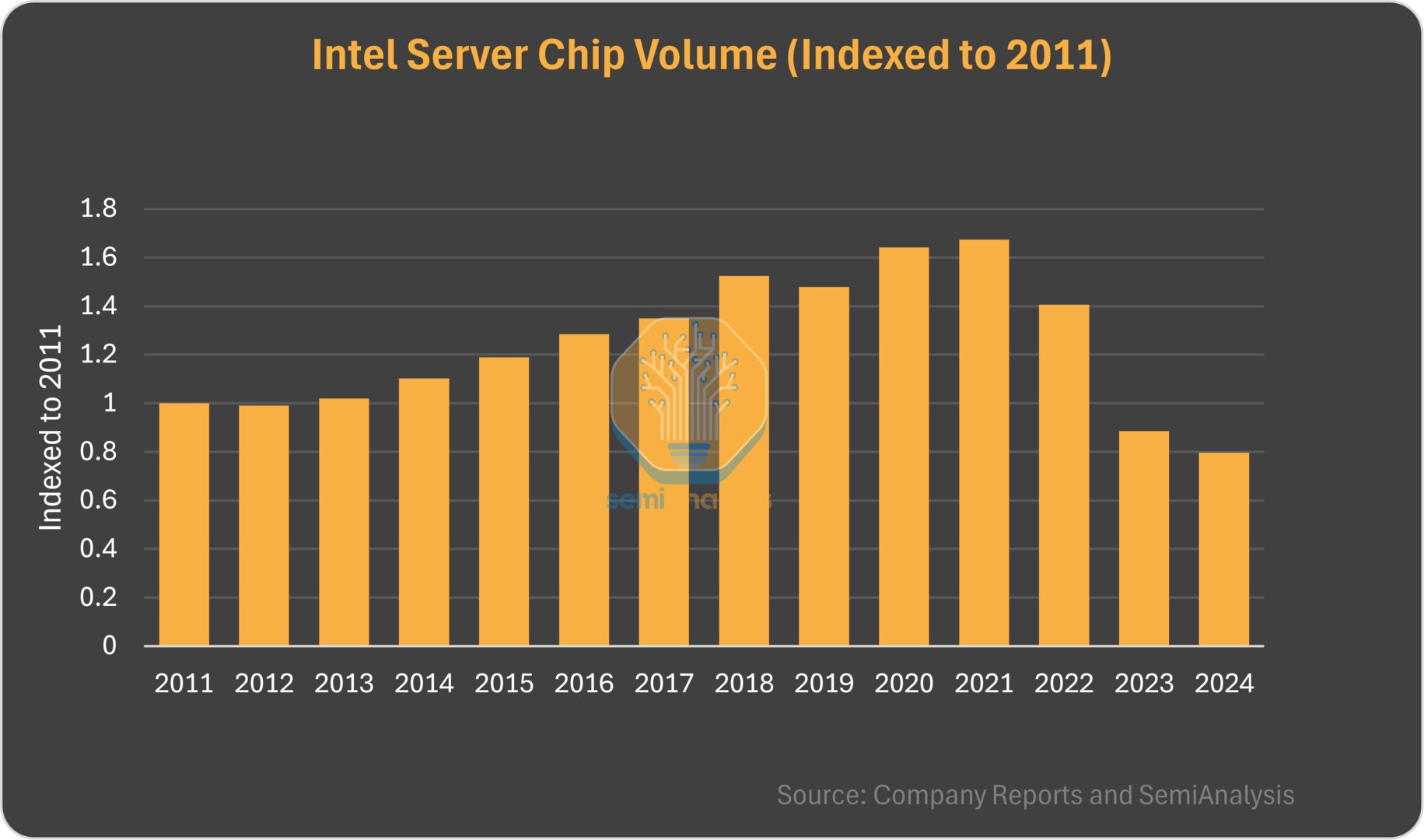 Intel’s Server CPU Sales (XEON) compared to 2011 (image: semianalysis)
Intel’s Server CPU Sales (XEON) compared to 2011 (image: semianalysis)
After sales of the been beaten again in 2024. About 20% less Xeon than in 2011 and less than half of the peak year 2021 has been delivered.
AMD conquers market share
One joy of another is suffering and competitor AMD was therefore able to conquer market share thanks to the technical advantage of its EPYC processors. While Intel accounted for over 90% of the unrivaled power in the x86-server processor market for years, the dominance has recently collapsed significantly. By 2023, AMD was able to increase the market share to more than 23%. In the summer of 2024, it was already around 24%.
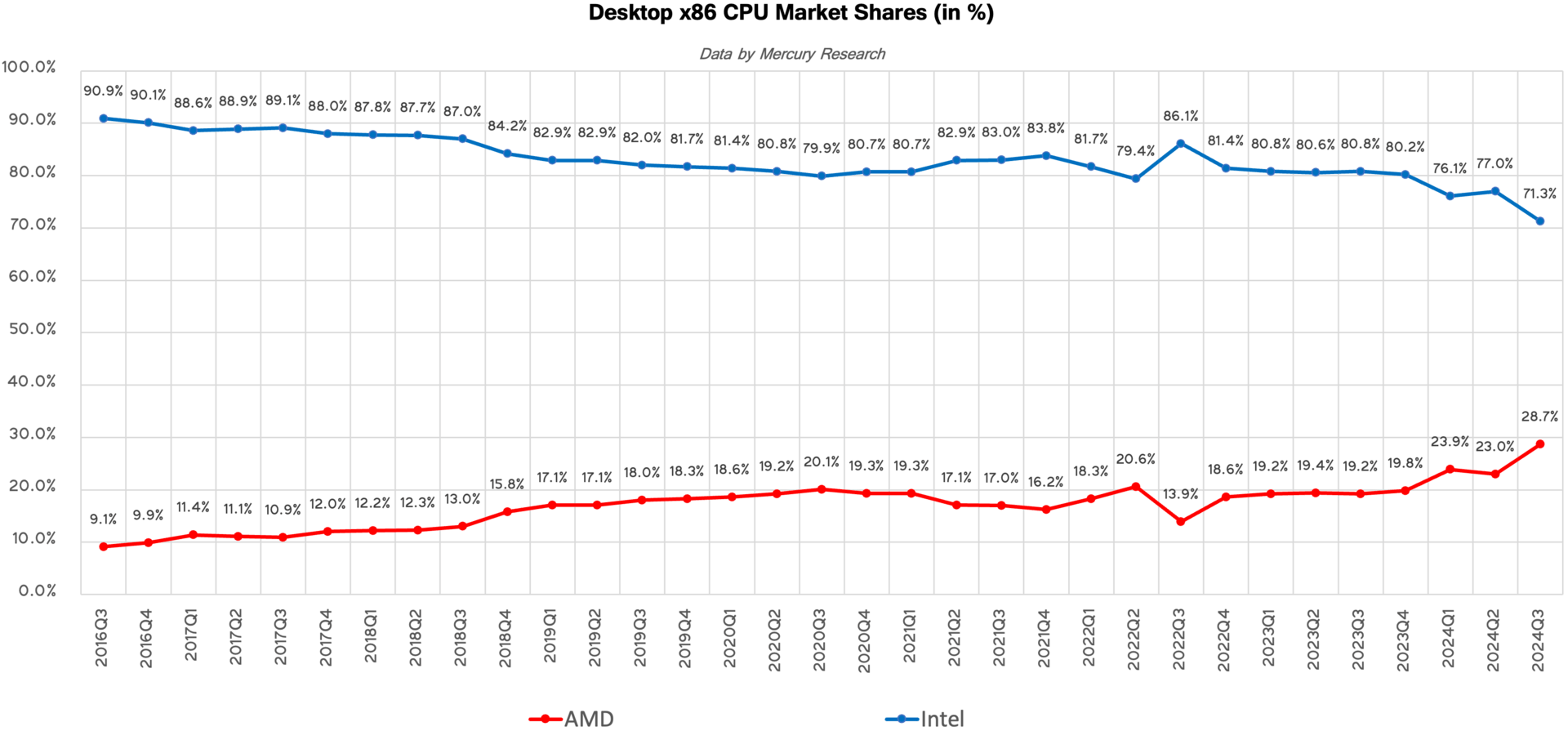 AMD and Intel’s market share in desktop CPUs (Image: Mercury Research / Tom’s Hardware)
AMD and Intel’s market share in desktop CPUs (Image: Mercury Research / Tom’s Hardware)
There are still no new market share figures. The last stand is 24.2% for AMD and 75.8% for Intel in the third quarter of 2024.
Quarter figures confirm the trend
The current development is also reflected in the latest quarterly figures of the two adversaries. Intel’s data center division around Xeon was able to easily improve sales in Q4 2024 with $3.4 billion, but AMD increased sales to $3.9 billion during the same period.
However, with AMD, growing sales of family instinct HPC and AI accelerators are also expected to drive sales. Intel is also hanging in this segment, which is also evident in the distribution of High Bandwidth Memory (HBM).
Topics: Intel Xeon Processor Server Business Source: Semianalysis

Marc deciphers processors by testing their performance for gaming, content creation, and artificial intelligence.
